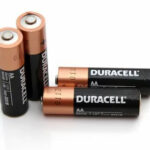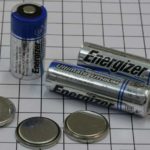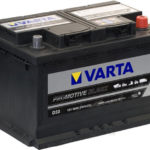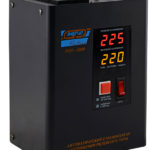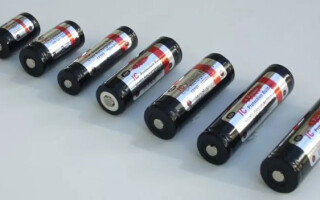Rechargeable batteries are widely used in mobile devices, household appliances and electronics, including portable equipment. Structurally, they are a small source of electrical energy that can be recharged and used to power devices repeatedly. The principle of operation of rechargeable batteries is the reversible redox reactions that occur when the cells are charged.
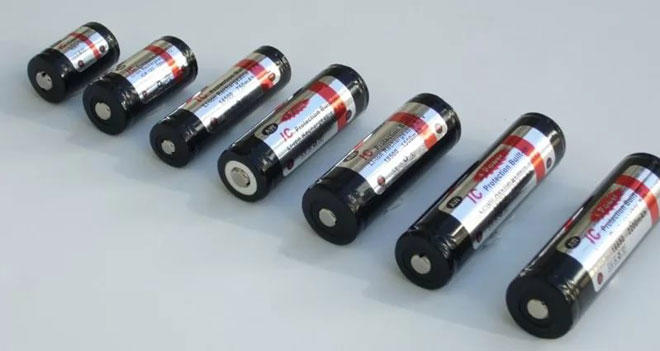
Content
Battery types
Such elements differ in a number of parameters that modern classification takes into account. So, according to the design, the following types of batteries are distinguished:
- Requiring service. These batteries need to be recharged with fresh distilled water from time to time and the electrolyte condition monitored, otherwise premature failure will occur due to the sulfation process.
- Maintenance free.This type of rechargeable batteries does not need to be topped up with distilled water and electrolyte density measurements, it is very convenient to use, but it also has disadvantages: deep discharge can completely disable them.
- Dry charged. This is a type of serviceable cells that goes on sale without filling with electrolyte: refueling must be carried out immediately before the battery is put into operation. Such rechargeable types are lightweight and have an extended service life, they can be purchased in advance, since the risk of self-discharge is significantly reduced.
In addition, rechargeable batteries may differ in the composition of the electrolyte and the electrode used. There are galvanic cells of lead-acid, lithium-ion and lithium-polymer, nickel-cadmium and nickel-zinc types, the choice depends on the purpose and scope of application.

Basic sizes
The shape of the batteries can be cylindrical, disk, tablet or parallelepiped: these are the most popular options. In addition, there are a large number of AA and AAA sizes, and the following types are most common:
- Cylindrical batteries. Their format is AA (finger) and AAA (little fingers), the size of the first is 50.5 by 14.5 mm, the second is 44.5 by 10.5 mm. They are used in the maintenance of photo and audio equipment, charging portable devices.
- Batteries in the form of a parallelepiped, they are also "Krona". Their size is 48.5 by 26.5 by 17.5 mm, they are used for large clockwork, radios, multimeters, electronic devices for various purposes.
- Button batteries marked AG0-AG13. Their size varies from 4.6 by 2.2 mm to 11.6 by 5.4 mm.They are used to charge wrist and desk clocks, intercoms, alarms and other types of equipment that need a compact battery.
- Disk flat battery devices.
The most popular are finger and little finger batteries, which are used to equip mobile and portable devices, watches, photo, video, audio equipment and other types of equipment.
Classification by type of electrolyte
This substance may be liquid, in the form of a gel or absorbed. For example, lead-acid batteries contain a solution of sulfuric acid, nickel-cadmium batteries and nickel-zinc cells - potassium hydroxide with the addition of lithium hydroxide. Lithium salts are used as an electrolyte in ion batteries. More rarely, products with a solid electrolytic cell are used: their cost is higher. The most effective are batteries with gel-like and liquid electrolyte.
How to choose rechargeable batteries?
When choosing such products, the following factors must be taken into account:
- Temperature regime. If you plan to use batteries to power devices operating at low or, conversely, too high temperatures, it is better to choose nickel-cadmium devices.
- Life time. Nickel-metal hydride batteries and lithium-polymer varieties have the highest indicator.
- The voltage applied to the battery. This parameter is set based on the requirements for the device in which the galvanic cells will be installed.
- Type of device for which batteries are purchased. The shape and design of the battery product depends on this.
- Volume and number of charge-discharge cycles.
Properly selected batteries ensure the longest possible life of the equipment, which allows you to save on its maintenance.
Similar articles:
